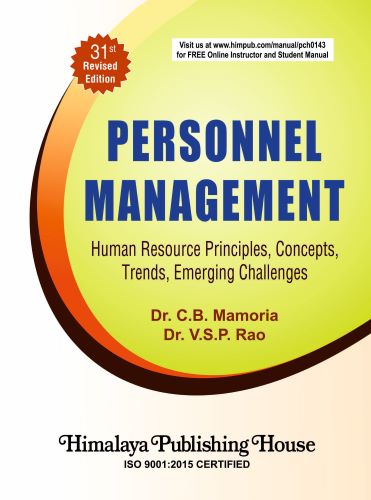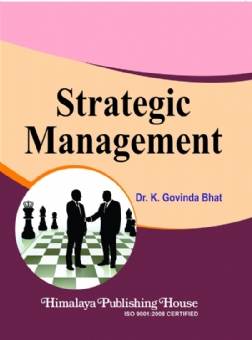Today’s organizations are coping with diverse and far-reaching challenges. They must keep pace with ever advancing technology, find ways to incorporate the e-business into their strategies and business models, and strive to remain competitive. Organizational structures are becoming flatter with teams of front-line workers playing new roles as decision makers. New ways of working such as virtual teams put additional demands on managers.
Managers are constantly dealing with uncertainty and unexpected events. Management skills and actions are the key to helping any organization. Managers create the conditions and environment that enable organizations to survive and thrive beyond the tenure of a manager. Performing managers know that the only way they can accomplish anything at all is through the people of the organization. Peter F. Drucker stated that the job of managers is to give direction to their organizations, provide leadership, and decide how to use organizational resources to accomplish goals (Management: Tasks, Responsibilities,Practices,1973). Getting things done through people and other resources and providing leadership and direction are what managers do.
Management is considered universal because it uses organizational resources to accomplish goals and attain high performance in all types of profit and non-profit organizations. Thus, Management is the attainment of organizational goals in an effective and efficient manner through planning, organizing, leading and controlling organizational resources I Richard L. Daft, Management, 2003). The definition covers four functions and the attainment of organizational goals. Managers use a set of skills to perform these functions. Some thinkers identify other management functions, such as staffing, communicating, decision-making, those functions are included in the four core functions.
The book has been developed keeping in view the HRM syllabi of the management courses of the B-School and the Universities un India. The book is different from other books in respect of the concept and practices in the context of the Indian industries.
Each Chapter ends with Cases/Exercises, Discussion Questions and Recommended Readings. The faculty members will get an up-to-date version of Human Resource Management.
Contents –
Part I. Introduction
1. HRM – Overview
Part II. Planning HR
2. Manpower Planning
Part III. Organizing HR
3. Recruitment and Selection
4. Human Resource Development
5. Compensation Management
Part IV. Directing HR
6. Motivating Employees
7. Leading Employees
8. Industrial Relations Management
Part V. Controlling HR
9. Appraising Employees Performance
10. Disciplining Employees
Part VI. HRM – The Road Ahead
11. HRM – New Dimensions
Part VII. Multiple Choice Question







